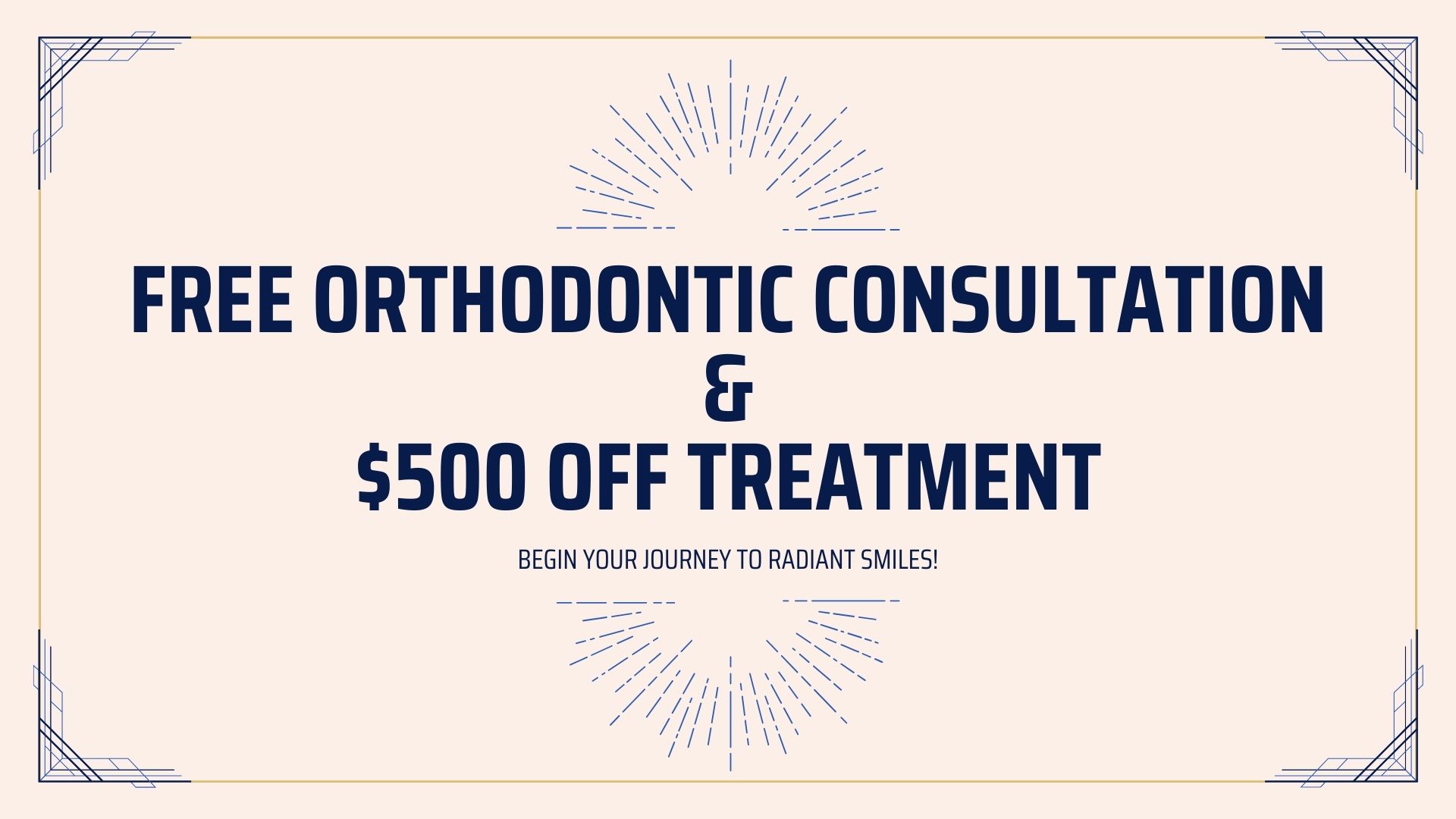When it comes to dental bridges, there are several options available to restore your smile and improve your oral health. However, choosing the right type of dental bridge can be overwhelming if you don’t have the necessary information. In this article, we will discuss the different types of dental bridges and provide you with guidance on how to choose the right one for your specific dental needs.
1. Traditional Dental Bridges
A traditional dental bridge is the most common type of bridge used by dentists. This type of bridge typically consists of one or more artificial teeth, known as pontics, that are held in place by dental crowns. The dental crowns are cemented onto the natural teeth or dental implants adjacent to the gap, creating a bridge to fill the missing teeth.
Pros:
- Cost-effective solution
- Relatively simple procedure
- Provides natural-looking results
Cons:
- Requires altering adjacent natural teeth
- Risk of dental decay or gum disease if proper oral hygiene is not maintained
- May need replacement over time due to wear and tear
2. Cantilever Dental Bridges
A cantilever dental bridge is another type of bridge used when there are adjacent teeth on only one side of the gap. This bridge is similar to a traditional bridge, with the difference being that the artificial tooth or teeth are supported by dental crowns on only one side of the gap.
Pros:
- Conserves natural tooth structure as only one side is crowned
- Provides a solution even when there is only one adjacent tooth
- Offers natural-looking results
Cons:
- Places extra stress on the supporting tooth
- Requires a strong and healthy adjacent tooth for support
- Potential risk of damage to the supporting tooth over time
3. Maryland Dental Bridges
Maryland dental bridges, also known as resin-bonded bridges or Maryland bonded bridges, are a conservative option for replacing missing teeth. Unlike traditional bridges, Maryland bridges consist of a porcelain or metal framework that is bonded to the backs of the adjacent teeth using a resin cement.
Pros:
- Preserves natural tooth structure as minimal preparation is required
- Less invasive and quicker procedure compared to traditional bridges
- No need for dental crowns or implants
Cons:
- Not suitable for replacing molars or areas with significant biting force
- May have a shorter lifespan compared to other bridge types
- Requires careful maintenance and regular professional check-ups
4. Implant-Supported Dental Bridges
Implant-supported dental bridges are considered the most stable and long-lasting solution for replacing multiple missing teeth. This type of bridge involves surgically placing dental implants into the jawbone, which then serve as the foundation for attaching the bridge.
Pros:
- Restores full functionality and aesthetics
- Prevents bone loss in the jaw
- Does not require alteration of adjacent natural teeth
- Long-term solution with proper care
Cons:
- More complex and invasive procedure
- Higher cost compared to other bridge options
- Requires a sufficient amount of healthy jawbone for implant placement
Choosing the Right Dental Bridge for You
Selecting the appropriate dental bridge depends on various factors, including your oral health, budget, and personal preferences. To make an informed decision, consider the following:
1. Consultation with a Dentist
Schedule a consultation with an experienced dentist who can assess your specific case and recommend the most suitable dental bridge option. They will consider factors such as the location of the missing teeth, the condition of adjacent teeth, and your overall dental health.
2. Longevity and Durability
If you are looking for a long-term solution, implant-supported dental bridges may be the best choice as they offer exceptional durability. Traditional bridges, on the other hand, may require replacement or repair over time.
3. Aesthetics
Consider the natural appearance of the dental bridge. Porcelain bridges tend to provide the most aesthetically pleasing results, closely resembling natural teeth. However, resin-bonded bridges can also offer satisfactory aesthetic outcomes.
4. Budget
Discuss the cost of each dental bridge option with your dentist. Traditional bridges and Maryland bridges are typically more cost-effective than implant-supported bridges. However, it is crucial to prioritize the long-term benefits and functionality when making a decision.
Conclusion
Choosing the right dental bridge involves considering various factors such as your oral health, budget, and desired outcome. Consulting a dentist is crucial to receive professional advice tailored to your specific dental needs. By carefully weighing the advantages and disadvantages of each bridge type, you can make an informed decision that will help restore your smile and oral health for years to come.

